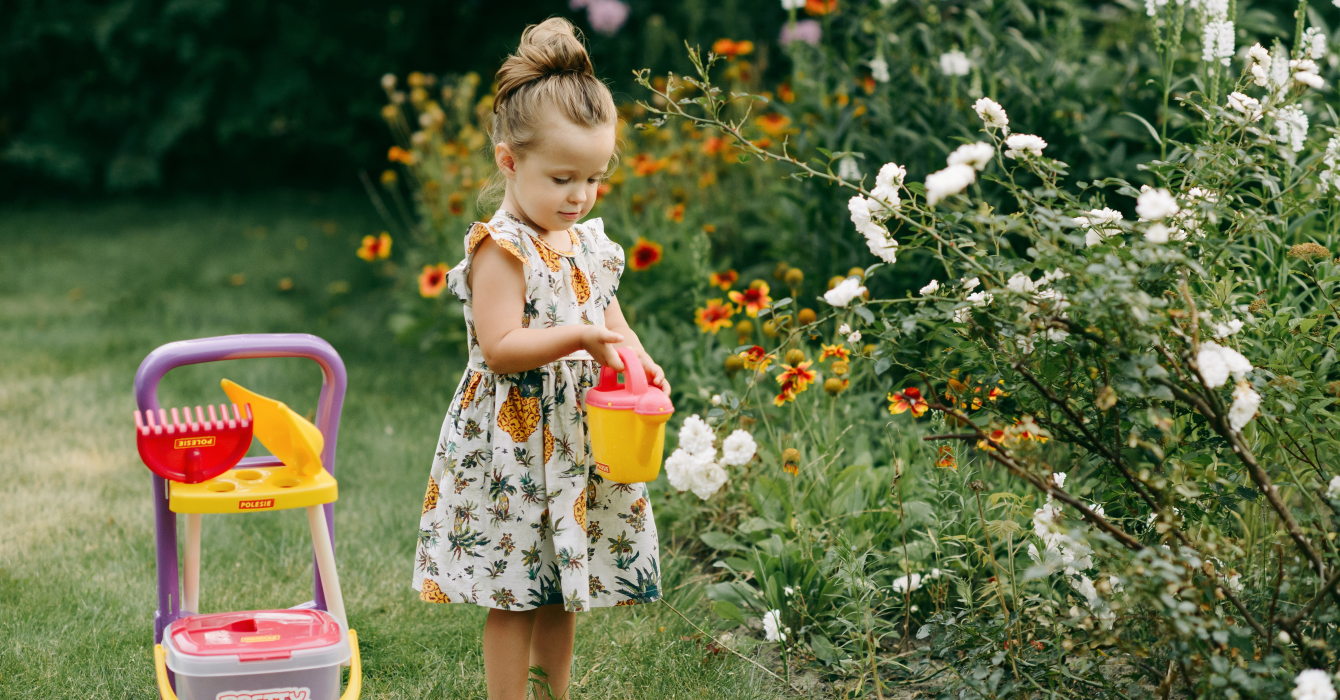In-nature learning has proven benefits for children living in cities. We spoke to several education experts to ask why schools need to take it more seriously
In her youth, my grandmother ran nature classes for the local primary school. She’d show them how to plant seeds and grow berries and tomatoes on the edge of the school field. Since then, in-nature learning has become less and less prevalent in the curriculum, until now. Often spearheaded by enthusiastic members of staff, schools up and down the country are reintroducing hands-on nature education into their school day.
“Our headteacher thought it would be a good idea for the school to offer enrichment clubs,” says Kim Abidoph, a learning mentor at Streatham Wells Primary School. “We grow fruit and vegetables through the year and we give the staff and parents the opportunity to buy some.”
Flourishing minds
While there’s a need for children to understand where their food comes from, there’s also substantial research highlighting that gardening can improve wellbeing, reduce stress and promote connection among children.
“Spending time outside and working in nature encourages children to stay physically active, which is a key part of looking after our mental wellbeing,” says James Emmett, regional clinical lead at Place2Be, a children’s mental health charity. “By helping something to grow, children are able to feel a sense of achievement, satisfaction and pride.”
According to a broad range of teachers, facilitators and practitioners, children often show great curiosity for the natural world and take pleasure in doing physical tasks like weeding and watering.
“Some children struggle in the classroom for a number of reasons,” says Alana Cama, schools and groups programme manager at the Royal Horticultural Society. “We all absorb and retain knowledge in different ways, and something as simple as being outdoors or bringing nature indoors can boost attentiveness. School gardening provides support to children and helps them engage with learning, developing skills in a way that’s more accessible to them.”
Where to begin?
However, for some teachers, incorporating nature into their students’ learning can feel like
an impossible task due to limited time, space, knowledge and resources. While children do learn about the life cycle of plants, seasons and what humans need to sustain themselves, there are currently no official guidelines for implementing gardening into the national curriculum.
The good news is that there are numerous free resources available for those who want to get started, from the RHS Campaign for School Gardening to the Natural History Museum’s National Education Nature Park project, in partnership with the Department of Education. School gardening doesn’t have to be expensive or challenging — even growing plants in small pots on a windowsill is a great way to start.
It’s been proven time and again that there’s a place for gardening and nature-based learning in the national curriculum, but until that gets put into writing, it’s well worth supporting schools in creating these learning opportunities for children, whether that’s simply planting a few bean seeds in glass jars to watch them grow or carve out a corner of the school field for a row of tomatoes.













